NASA’s first mission to Jupiterian asteroids, what could this mean?
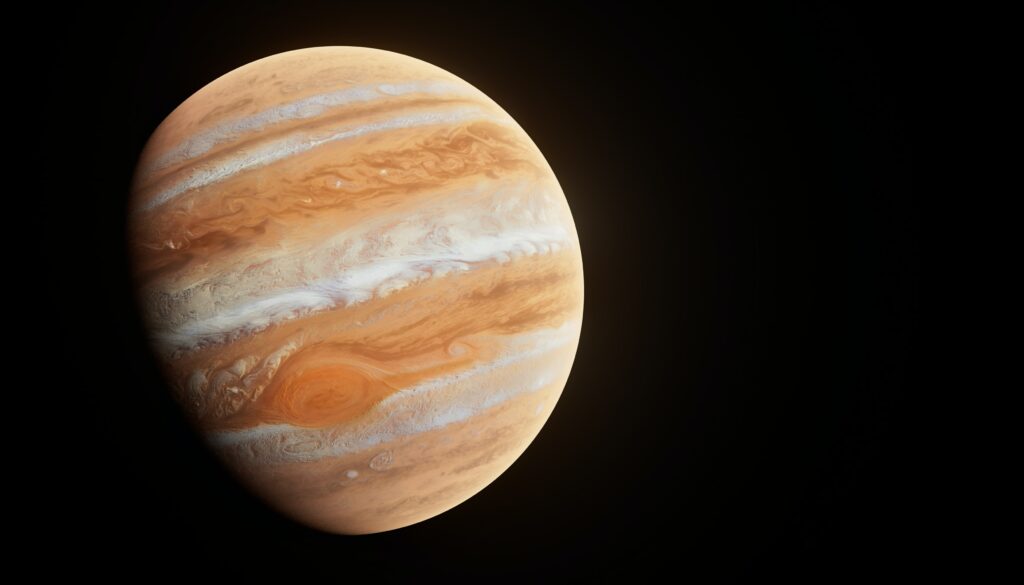
A spacecraft, named Lucy, is heading for the strange Trojan asteroids of Jupiter and it is hoped that the findings may provide a new look into the history of the solar system. Trojan asteroids are two groups of space rocks that are gravitationally locked in the same orbit as Jupiter around the Sun; one group of Trojans orbits ahead of Jupiter and the other follows the gas giant around the Sun.
Planetary scientists believe that the Trojans could have formed at different distances from the Sun before blending into their current homes, the asteroids could also be some of the oldest and purest objects in the solar system. This mission will mark several other firsts, from the types of objects you’ll visit to the way you power your instruments. Let’s look at the following five interesting things about said project.
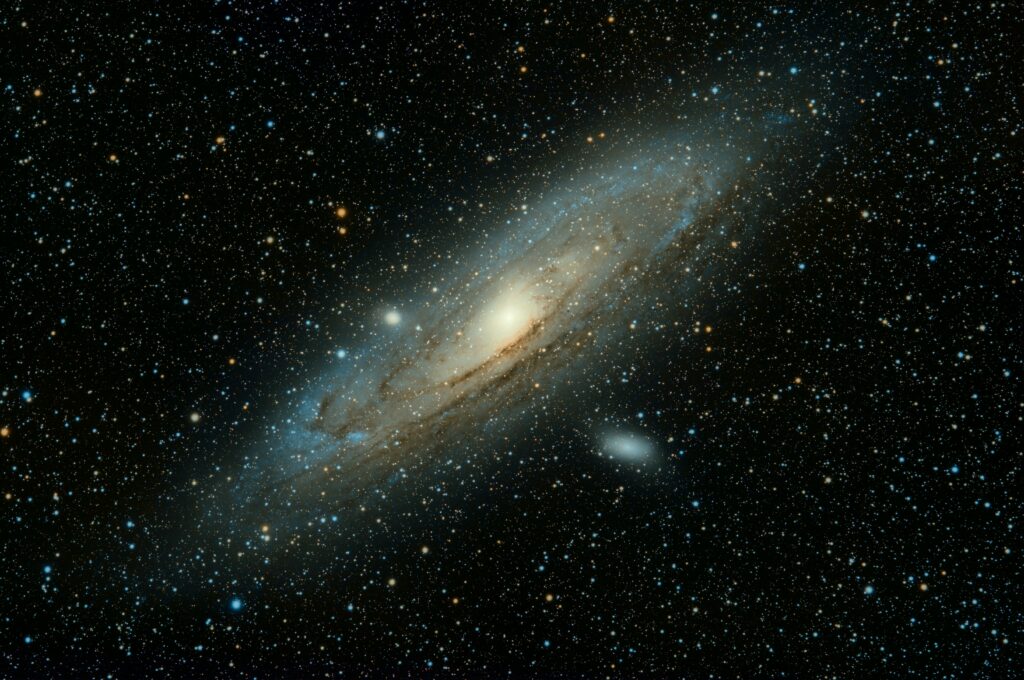
- Trojan asteroids are a time capsule of the solar system occupying locations known as Lagrangian points, where the sun’s and Jupiter’s gravity cancel each other out meaning their orbits are stable for billions of years. They were probably placed in their orbits by the last gasp of the planet formation process. No todos los asteroides son iguales unos son grises y otros rojos, indicando que podrían haberse formado en diferentes lugares antes de asentarse en sus actuales órbitas. The grays may have formed closer to the sun and the reds farther away.
- The spacecraft will visit more individual objects than any other spacecraft, eight asteroids including their moons. During its 12-year mission, it will visit an asteroid in the main asteroid belt between Mars and Jupiter, and seven Trojans, two of which are binary systems where pairs of asteroids orbit each other. The spacecraft will look at their composition, shape, gravity, and geology for clues about where they formed and how they got to the Lagrangian points.
- Lucy will have a strange flight path to be able to make so many stops, she will need to take a complex path.
- Traveling farther from the sun than any other solar-powered spacecraft, Lucy will run on solar power 850 million kilometers from the sun, making it the farthest solar-powered spacecraft in history. It contains a pair of huge solar panels that would be as tall as a five-story building, and its advantage is that the team can adjust the amount of power the spacecraft needs based on its distance from the sun.
- The inspiration for Lucy’s name is decidedly earthy, NASA missions are often named after famous scientists or with acronyms describing what the mission will do, Lucy, on the other hand, is named after a fossil.
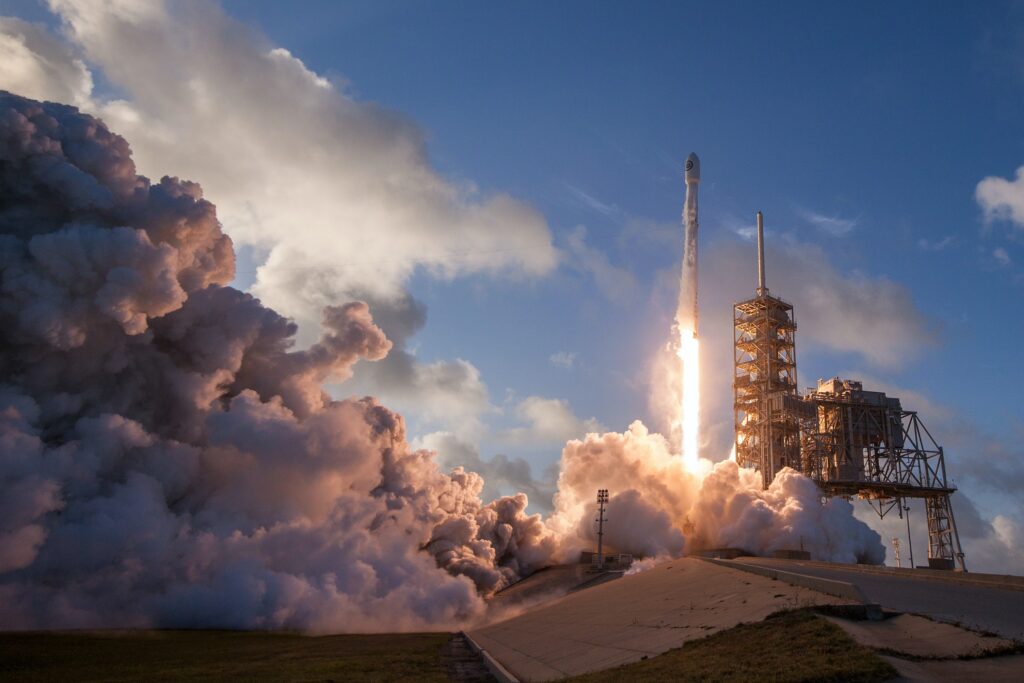
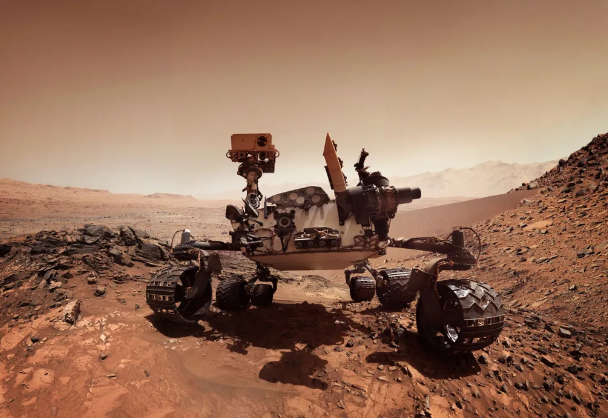
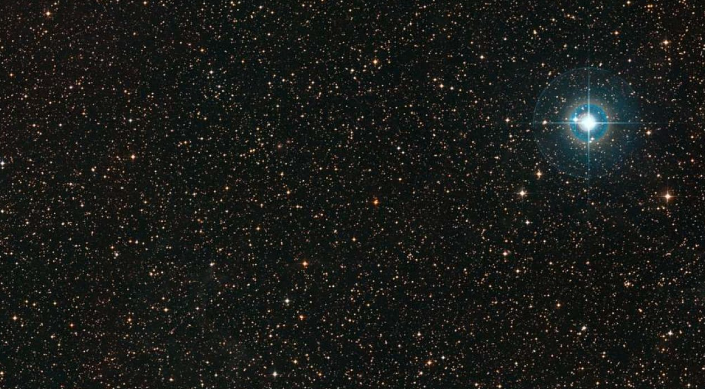
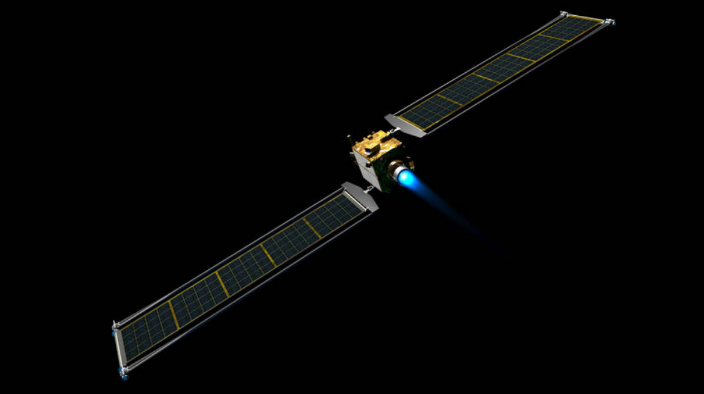
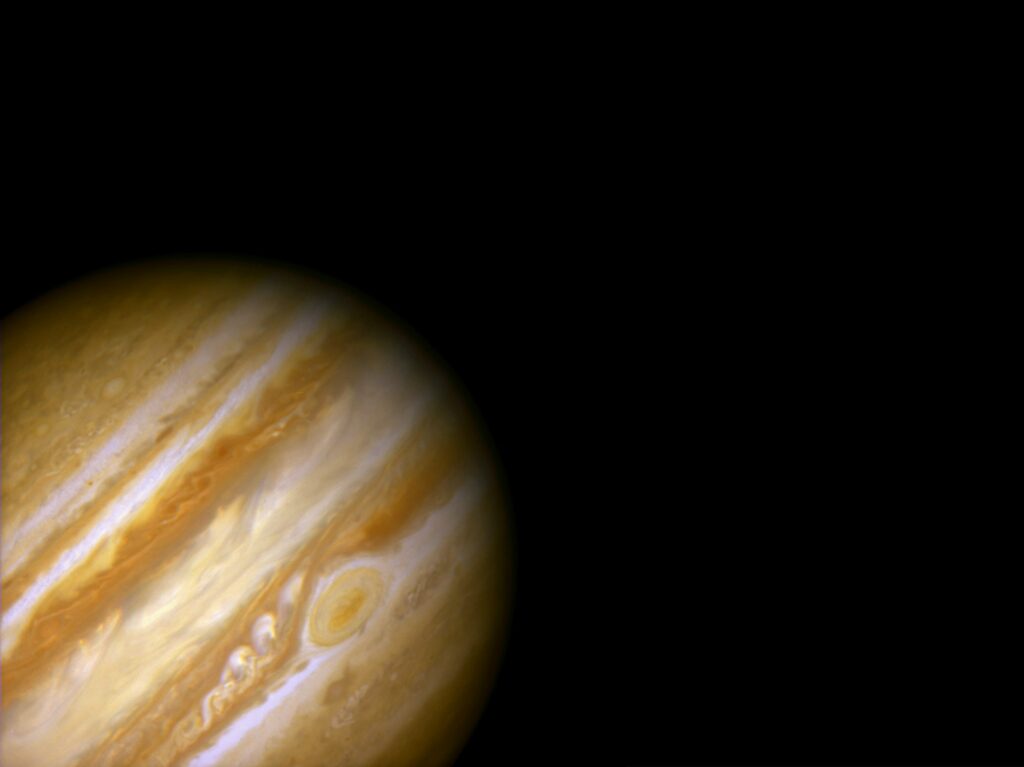
Responses